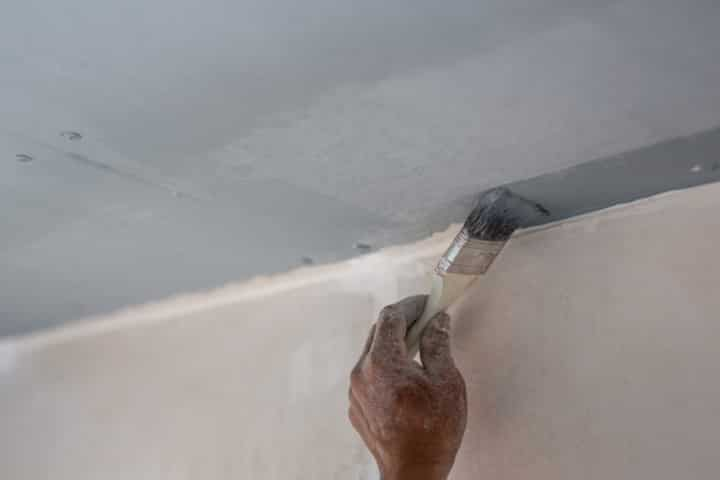
Expert Foundation Crack Repair Services for Basement and Walls
Foundation cracks in basements and walls can pose significant structural challenges if not addressed promptly. These cracks may stem from various causes such as soil movement, water infiltration, or natural settling. Addressing these issues requires expertise and precision to prevent further damage and maintain the integrity of the building. Understanding the process and techniques involved in foundation crack repair can help property owners make informed decisions.
Understanding Foundation Cracks
Causes of Foundation Cracks
- Soil Movement: Changes in soil moisture levels can lead to expansion and contraction, exerting pressure on foundation walls.
- Water Damage: Inadequate drainage and water accumulation can weaken foundation materials, leading to cracks.
- Natural Settling: Over time, buildings settle into their foundations, which can sometimes result in cracking.
- Temperature Fluctuations: Extreme temperature changes can cause materials to expand and contract, leading to stress and cracking.
Understanding these causes can aid in the prevention and timely repair of foundation cracks. Learn more in this detailed guide.
Techniques for Repairing Foundation Cracks
Epoxy Injections
Epoxy injections are a popular method for repairing non-moving cracks in concrete walls. This technique involves injecting an epoxy resin into the cracks, bonding the concrete back together to restore structural integrity. Epoxy injections are effective for cracks that are not subject to ongoing movement.
Polyurethane Foam Injections
For cracks that are subject to water infiltration, polyurethane foam injections offer a flexible solution. This method involves injecting a foam that expands to fill the crack, effectively sealing it against water ingress. It is ideal for environments where moisture is a concern.
Carbon Fiber Reinforcement
Carbon fiber strips can be used to reinforce cracked walls and prevent further movement. This technique involves applying carbon fiber strips with epoxy to stabilize the affected area. It is particularly useful for repairing structural damage in load-bearing walls.
Explore further insights here.
Signs of Foundation Problems
- Visible Cracks: Cracks in walls, floors, or ceilings can indicate foundation issues.
- Uneven Floors: Sloping or uneven floors may be a sign of foundation settling.
- Sticking Doors or Windows: Difficulty in opening or closing doors and windows can be caused by foundation movement.
- Water Seepage: Persistent moisture or water seepage in the basement suggests potential foundation cracks.
Identifying these signs early can help in addressing foundation problems before they escalate. Read more about this topic.
Importance of Professional Foundation Repair Services
Professional foundation repair services are essential for effectively addressing and resolving foundation issues. Experts have the knowledge and tools to assess the extent of the problem and apply the most appropriate repair techniques. Engaging professional services ensures:
- Accurate Assessment: Trained professionals can accurately diagnose the cause and extent of foundation damage.
- Quality Repair: Use of high-quality materials and proven techniques to ensure long-lasting repairs.
- Safety Assurance: Proper repair services prevent further structural damage and ensure the building's safety.
- Cost-Effectiveness: Timely repairs can prevent more extensive and expensive damage in the future.
For those facing foundation issues, professional repair services provide peace of mind and a durable solution. Find additional information here.